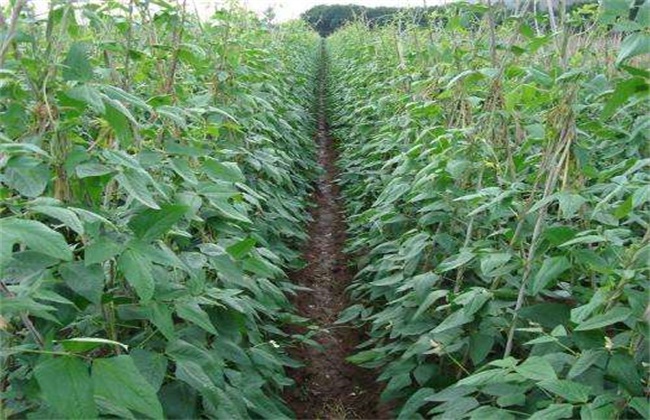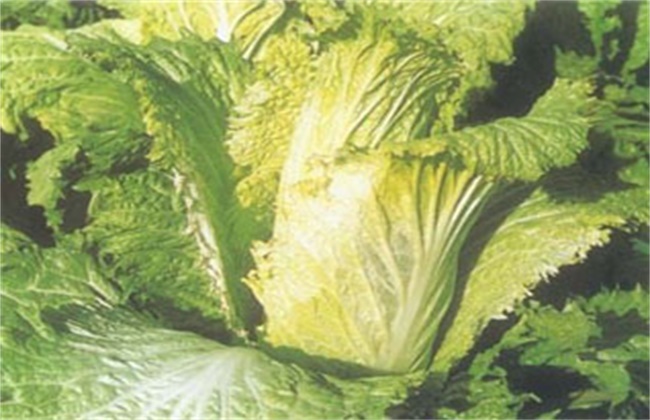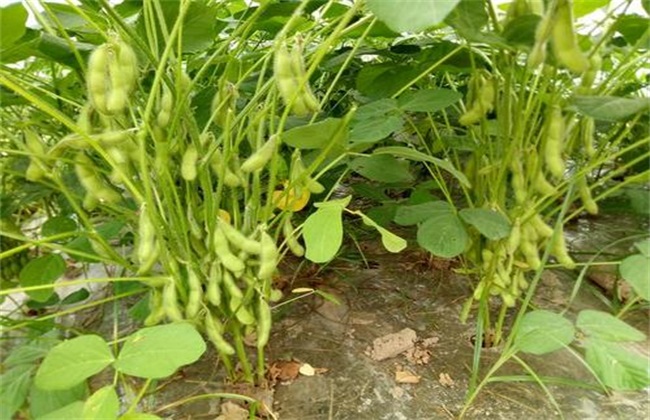How to fertilize legume vegetables
There are many kinds of vegetables, and legume vegetables are a common week in our life. We are familiar with beans, cowpeas, peas, edamame beans, broad beans, lentils and so on. And the cultivation of vegetables are inseparable from fertilization, so how to fertilize legume vegetables? Let's get to know it with the editor.

1. Base fertilizer is given priority to, topdressing is secondary.
Base fertilizer generally accounts for 50% 60% of the total fertilizer application, and in areas with high groundwater level or serious soil runoff, the application amount of base fertilizer can be appropriately reduced to avoid the loss of fertilizer efficiency. On the other hand, when planting in the protected area for a long time, the proportion of topdressing is larger to ensure that legume vegetables can get sufficient nutrients throughout the growing period. In the flowering and podding stage of legume vegetables, there is a large demand for fertilizer, and the base fertilizer can no longer meet the needs of the plant, so timely topdressing is needed to promote higher plant growth.
2. The combination of organic fertilizer and inorganic fertilizer
Organic fertilizer can increase the content of soil organic matter and soil permeability, which is beneficial to the growth and development of roots, so it is necessary to apply organic fertilizer in the process of growth, but the effect of organic fertilizer is slow and low, so organic fertilizer needs to be used in combination with inorganic fertilizer. only in this way can we help each other slowly and learn from each other. When increasing the application of organic fertilizer, it should be noted that organic fertilizer needs to fully ferment and mature in order to reduce the spread of diseases and insect pests and avoid damage to plant roots.
3. Topdressing according to demand and timely
Legume vegetables planted on soils with different fertility have different demand for fertilizer at different growth stages. Fertilizer topdressing should be timely and appropriate according to soil fertility and the demand for fertilizer in different growth stages. For example, if the soil is fertile, there can be less topdressing, on the contrary, if the soil is poor, topdressing can be more; plant growth is vigorous, topdressing is less, plant growth is weak, and topdressing is more; the amount of topdressing is less at the seedling stage and more at the flowering and podding stage. In addition, topdressing at seedling stage is mainly quick-acting fertilizer, which is mainly to promote the growth of seedlings, while the combined application of organic fertilizer and inorganic fertilizer is needed in flowering and fruiting.
4. combine fertilizer with water and adjust fertilizer with water.
Fertilizer and water depend on each other, and watering in time after topdressing, so that the combination of fertilizer and water can achieve a better fertilizer effect, especially when applying quick-acting fertilizer, it can accelerate the decomposition of fertilizer, dilute the concentration of fertilizer and avoid root burning. accelerate the absorption of fertilizer by the root system.
The above is the introduction of how to fertilize legumes and vegetables. I hope it can help you. If you want to know more about it, please follow us.
Related
- Where is it suitable to grow horseradish in China? it is expected to see the middle altitude horseradish in Alishan.
- How to prevent tomato virus disease reasonably? (Control methods included)
- Many people like to plant towel gourd on the balcony. What are the main points of this method and management?
- What crops can chili peppers be mixed with?
- Fertilization techniques and matters needing attention in Tomato
- What are the grafting techniques for peach seedlings in spring?
- Harm and control methods of root swelling disease of Chinese cabbage
- What are the pests of sweet potatoes? How to prevent and cure it?
- Symptoms, causes and Control methods of navel Rot in Tomato
- The cause of "Cucumber rotten bibcock" in Farmers' planting Cucumber and its Control Plan



